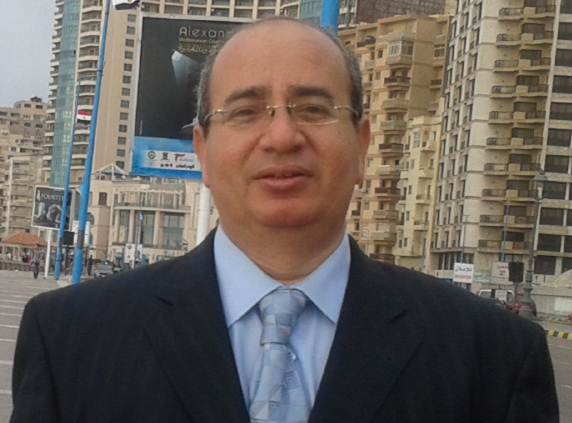PURPOSE:
Respiratory gated perfusion single photon emission computed tomography (SPECT) was applied to reduce respiratory lung motion effects and to reliably assess perfusion impairment in various lung diseases.
METHODS:
After injection of 259 MBq of 99mTc macroaggretated albumin (99mTc-MAA), gating was performed using a triple-headed SPECT unit connected to a physiological synchronizer in a total of 35 patients with either obstructive lung diseases (n = 14), pulmonary embolism (n = 8), small lung nodules (n = 7) or acute interstitial pneumonia (n = 6). Projection data were acquired in a 64 x 64 matrix, with 20 stops over 120 degrees for each detector with a preset time of 15 s for each stop. Inadequate data for the respiratory cycle were automatically eliminated. In addition to end inspiration images and end expiration images derived from 12.5% threshold data centred at peak inspiration and expiration for each respiratory cycle, respectively, an ungated image was obtained from full respiratory cycle data.
RESULTS:
Gated images were completed for 13.7 +/- 1.8 min in all subjects. Although the total lung radioactivity of the gated images were reduced to approximately 13% of that of the ungated images, these gated images showed uniform perfusion in the unaffected lungs and visualized a total of 94 (21.9%) additional perfusion defects against 429 defects visualized on ungated images in 31 patients with focal perfusion defects. Among the perfusion defects visualized on both gated images, the defect size was occasionally larger on the end inspiration images. The end expiration images showed significantly higher lesion-to-normal lung radioactivity ratios compared with those on the end expiration and ungated images in the affected lower lungs throughout the lung diseases. Radioactivity changes per pixel between end inspiration and end expiration images in the affected lower lungs of the obstructive lung diseases were significantly lower compared with those of pulmonary embolism and acute interstitial pneumonia (P<0.0001 and P<0.01, respectively).
CONCLUSION:
This technique appears to enhance the clarity of perfusion defects, and lung radioactivity changes between end inspiration and end expiration may characterize regionally impaired ventilation status.

